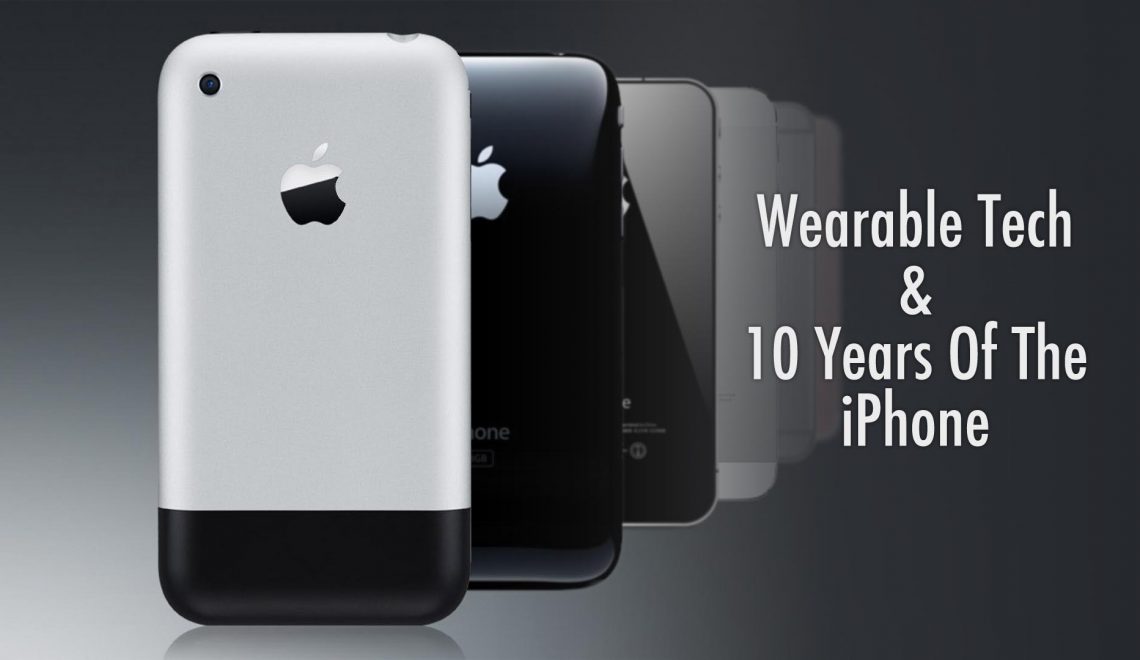The march towards making mobile payments part of our normal lives continues at a slow pace. Given expense of the required infrastructure updates, it is not surprising. But the good news for the end user is that things are continuing to improve and move forward.
Both Google and Samsung have announced new / improved mobile payment systems, unimaginatively called Android Pay and Samsung Pay. At Google’s I/O conference the other week, the company detailed their new Android Pay platform, superseding Google Wallet for most mobile payments. While Google Wallet requires a virtual debit card which is refilled, Android Pay works similarly to Apple Pay; Google has worked with credit card issuers to allow the cards to be loaded onto the device and then charges are made anonymously with a tokenized card number. Android Pay is expected to launch this Fall with the Android M update. Having Apple and Google utilize a similar system is great news for the consumer as it will likely push the adoption of NFC terminals at retailers.
Samsung announced their Samsung Pay system this Spring as part of the Galaxy S6 unveiling. The technology, developed by LoopPay, allows for both NFC purchases in addition to something called MST (Magnetic Secure Transmission). MST is significant because it allows you to place your phone near any traditional card reader (magnetic swipe) and the phone will send out a signal with your card info that tricks the terminal into thinking you just swiped it. It is a pretty novel concept that has the potential to allow any payment register to accept a mobile payment. Unfortunately it seems that MST is more of a stop-gap solution, with CNN saying that it is “annoying,” required the phone to positioned just-so above the card reader. The Samsung Pay service was expected to launch this month, but just days ago Samsung announced it would be delayed until September.
Apple Pay continues to move forward. The company announced that the service is supported by over 2,500 banks and that by the end of June the payment system will be accepted at over 1 million locations. Not bad progress in less than a year and a number of large name retailers have been added recently, including Trader Joe’s and Best Buy (which had been a member of CurrentC). While it is great to have large merchants accepting Apple Pay, small merchants that rely on phone/tablet based terminals have been left out. This Fall Square will begin shipping (pre-order to get it for free) a wireless reader for Apple Pay. Two of the most requested additions to Apple Pay will also roll out this Fall, reward cards and store credit cards. Finally, Apple is looking to move beyond the confines of the US with the UK launch of Apple Pay in July. The service can even be used within London’s transportation system as your ticket.
CurrentC continues to remain a bit of an enigma. MCX has been very quiet since CurrentC’s PR disaster last fall and seeing headline supporters such as Best Buy and Kohl’s move to adapt Apple Pay is not a positive sign. In case you don’t remember, the clunky mobile payment system works by you scanning a QR code on the register and then waiting for the system to send you a QR code to complete the payment, which is then scanned by the merchant from your phone. As if that wasn’t bad enough, CurrentC was designed to only function by directly removing money from your checking account, and thus enabling the retailer to avoid credit card processing fees. Between eliminating processing fees and MCX allowing the merchant full access to customer data and purchasing habits, several large name companies spent significant money to sign onto the payment platform. With competing payment systems gaining momentum and users, it is becoming even more difficult to see how CurrentC will succeed. Perhaps one of the biggest nails in the coffin is Apple Pay’s integration of reward cards, one of the key differentiators that MCX often highlighted about CurrentC.
Mobile payment systems continue to be full of promised but have not gotten to the point where any of them are winning over consumers and retailers en mass. As more platforms support seamless mobile payments and the features offered (such as rewards cards) continue to improve, it will be interesting to see if the needle starts moving. We here at Circuits and Cable Knit use mobile payments regularly and find the convenience compelling.





